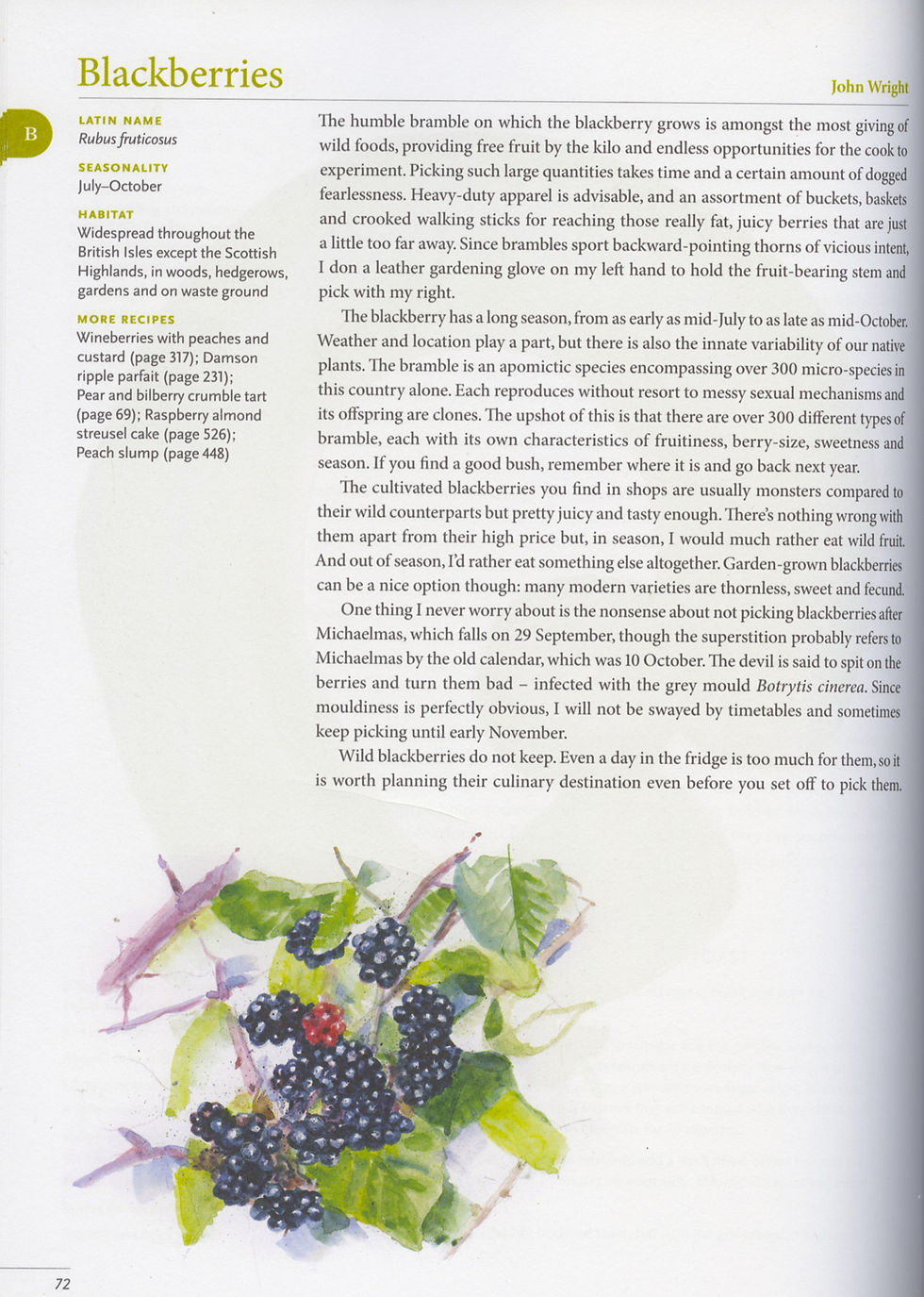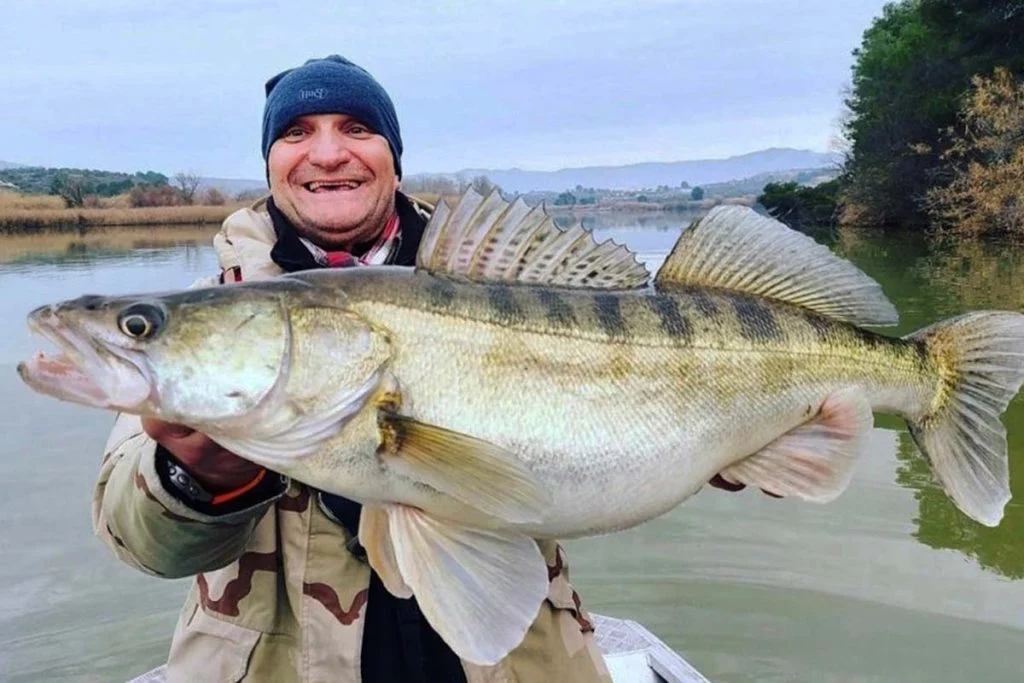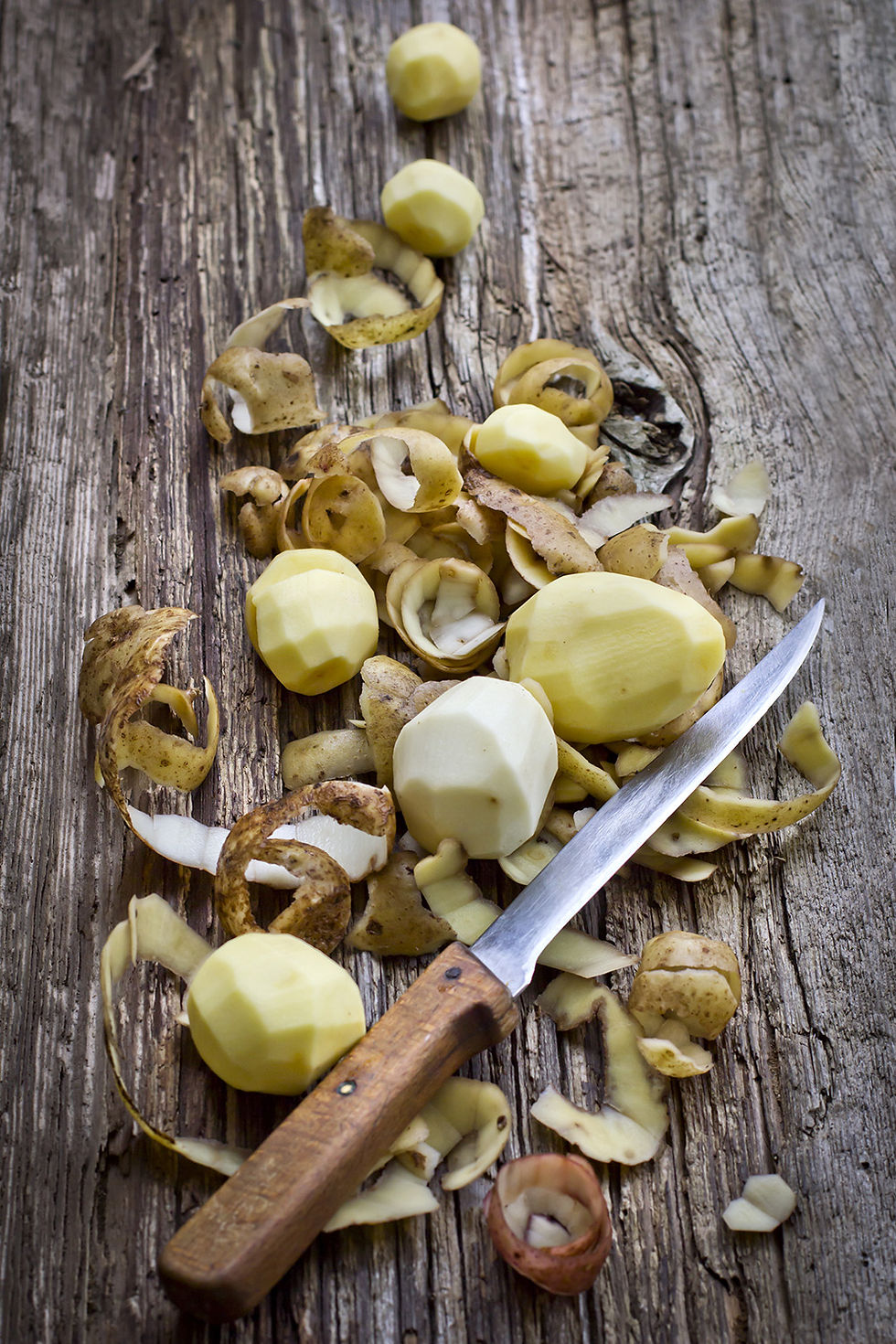A is for Alexanders, Z is for Zander - A-Z
- rosemary
- Mar 16, 2024
- 6 min read
"Every culinary endeavour begins with ingredients."
Hugh Fearnley-Whittingstall
What a slightly creepy conjunction of names - Alexanders and Zander. Opposite ends of the alphabet, completely different kinds of food, but similar names. After all Zander is often used as an abbreviation of Alexander. And yet I don't think it would have been a deliberate choice to have these two related names at the beginning and end of the book.

They are the first and last entries in this book - River Cottage A-Z - a colossal (and heavy) tome of 707 pages, which is the next on my shelves in my first recipe endeavour.
However, considering there is a doubly natural starting point - first recipe in a book first letter of the alphabet - I don't quite know where to begin, mostly because I don't have a lot to say about the first recipe. Well I could and I probably will but it's sort of irrelevant to Australia. Indeed I suppose there are quite a few articles that are irrelevant to Australia, and, of course, because this is a River Cottage book there is a huge amount of emphasis on foraging, organic, provenance and all that. It's also not the kind of book that you sit down and read. Well it's a kind of encyclopedia really. A reference book.

However, I love it and use it a fair bit - mostly I suppose when I have a glut of something, something that's in danger of going off, or as a reference point for a blog post. I think I gave it to my daughter-in-law too. It was a Readings bargain. And it's also rather beautiful.
This is a not very good scan of the first page on blackberries. It's not easy to scan such a thick book without a fair bit of distortion at the seam. On the opposite page are words from John Wright - a naturalist attached to River Cottage - a recipe for Blackberry yoghurt soufflé cake (should try that some time) and a list of other recipes elsewhere in the book that use blackberries. The words at the head of each ingredient contain botanical information, historical information, little stories and so on as well as quick and easy ways the ingredient can be used. I chose this particular page because it shows the layout and because it especially shows one of the gorgeous watercolours by Michael Frith that are spread through the book. Some are full page, some almost footnotes like this one. There are beautiful photographs too of ingredients and recipes by Simon Wheeler. It's an ensemble production, not just Hugh Fearnley-Whittingstall doing his thing.
When I started on the whole first recipe thing one intention was to ponder on whether that first recipe was important, and why it might have been chosen. Do we indeed pay any attention to the first recipe. Does our decision to buy or not to buy depend on it? I suspect not. For example I bought this one because it was River Cottage and it was a real bargain - not the most educated of choices I know, but it was a wise decision.
Mostly, however as I have worked my way through my bookshelves - first set finished, now on the second set - I have often ignored that question and just built a post around that first recipe - or the author. This time I might just throw in a few words about the A-Z technique.
Mostly such an arrangement is for encyclopaedic kind of books, even if the encyclopaedia is of a small group of things - I have a slim volume on herbs for example, and I saw one online which was cuisines a-z. In the encyclopaedic category there is also Stephanie Alexander's iconic tome The Cook's Companion, and The Larousse Gastronomique. Sitting in between size and scope in my library are Jane Grigson's Vegetable Book, Greg and Lucy Malouf's Arabesque and Rachel Roddy's An A-Z of Pasta. And there are more. There are thousands no doubt, and it is indeed a useful way to organise a book, although you do also need an index. After all a recipe for chicken can pop up anywhere, not just under Chicken. And yes it is indeed most useful if you have something that you have a glut of, or is going off.
So first recipe - Alexanders gratin with bacon and oats - simmer the Alexanders stalks in wine and water, mix with bacon, shallots and cream, top with oats, hazelnuts and oil and bake. Simple. But I'm jumping the gun a bit because I'm sure that you, like I had no idea what Alexanders are. And actually Alexanders is the singular as well as the plural.

It seems I really should know it from my youth - I don't - because it grows all around northern Europe and the Mediterranean, particularly it seems in Britain. It was popular as a vegetable because it was one of the first vegetables to appear at the end of winter. A common roadside plant - a weed I suppose. Its latin name is smyrnium olusatrum. The first part comes from the Greek for myrrh although nobody seems to know why, but it did originate in Macedonia. The second part comes from Latin - 'olus' meaning herb and 'ater' meaning black - which is a bit odd as it's not black - although the seed pods go black when they dry. It then got a bit mangled into Alexanders. Horses apparently love it, and the Romans brought it with them to Britain to feed their horses. It's a member of the same family as carrots, and you can eat all of it, but mostly it seems it's the stems that get eaten. The taste is mostly described as a cross between celery and parsley, or rather more worryingly:
"Like many wild foods, the flavour is a powerful shock to the modern palate and truly an acquired taste." John Wright
Somebody said that celery was not well-loved either, so why would Alexanders be as well? So to my mind something for the most ardent of foragers, or those who have nothing else to eat.
Hugh Fearnley-Whittingstall, elsewhere, gives the basic method for cooking them - also a bit of a faff and so another reason for not going for it:

"Cut the stems close to the ground, then at home strip them of their tougher outer layer and celery-like stringy fibres. Steam or boil until tender, which takes only a few minutes, and serve simply buttered and seasoned. The flavour is aromatic, fragrant – a little musky, a touch juniper-ish."
I suppose it's part of the River Cottage ethos:
"It's a kind of cooking that's rooted firmly in British soil, and celebrates the the liberation and sheer satisfaction that comes from finding, growing and preparing ingredients yourself." Hugh Fearnley-Whittingstall.
Which is true but you need to know what you are foraging, or you need to have green thumbs. But don't worry we don't have it here.

So what about Zander? Well on the plus side everyone seems to think that it tastes great - a bit like cod. So great in fact that it is farmed in Europe from whence comes this dish of Pan-fried zander with kohlrabi water, caper powder and chicory grumolo - wow - from chef Riccardo Camanini on the Great Italian Chefs website.
In the UK however, it's a pest imported into Britain by the Duke of Bedford in the 19th century, which might have been OK if it stayed at his Woburn Abbey stately home, but then The National Rivers Authority let it into the fens in the 1960s and now it's a pest that's killing off all the native fish in the waterways. Like carp here. Nick Fisher, the River Cottage fish expert who writes this particular article calls it the:

"Two-fanged , mirror-eyed, spooky-looking, night hunting zander"
However, I don't think it's widely available in fishmongers in spite of its excellent taste and pest status. They should mount a campaign to fish them all out.
I do like Hugh Fearnley-Whittingstall and his River Cottage companions' food. I have made several wonderful things from their various books. I have just one problem - the messianic fervour about food needing to be of the highest quality and not from your local supermarket. Although I notice that in his article on milk, in this book, at the same time as he describes the horrors of dairy farming he talks about pouring milk on his cornflakes for breakfast. Surely he doesn't make his own cornflakes? I object to the messianic fervour because it's so middle class. The poor cannot afford the organic, the farm gate food and so on. And if they live in a council flat they can't grow their own either. Although I suppose there are allotments.
But then again - it's probably all down to people such as the River Cottage crew that even supermarket food is becoming more ethically and environmentally sourced.
Lovely book anyway.






The man holding the fish looked creepy, more than the A-Z's!